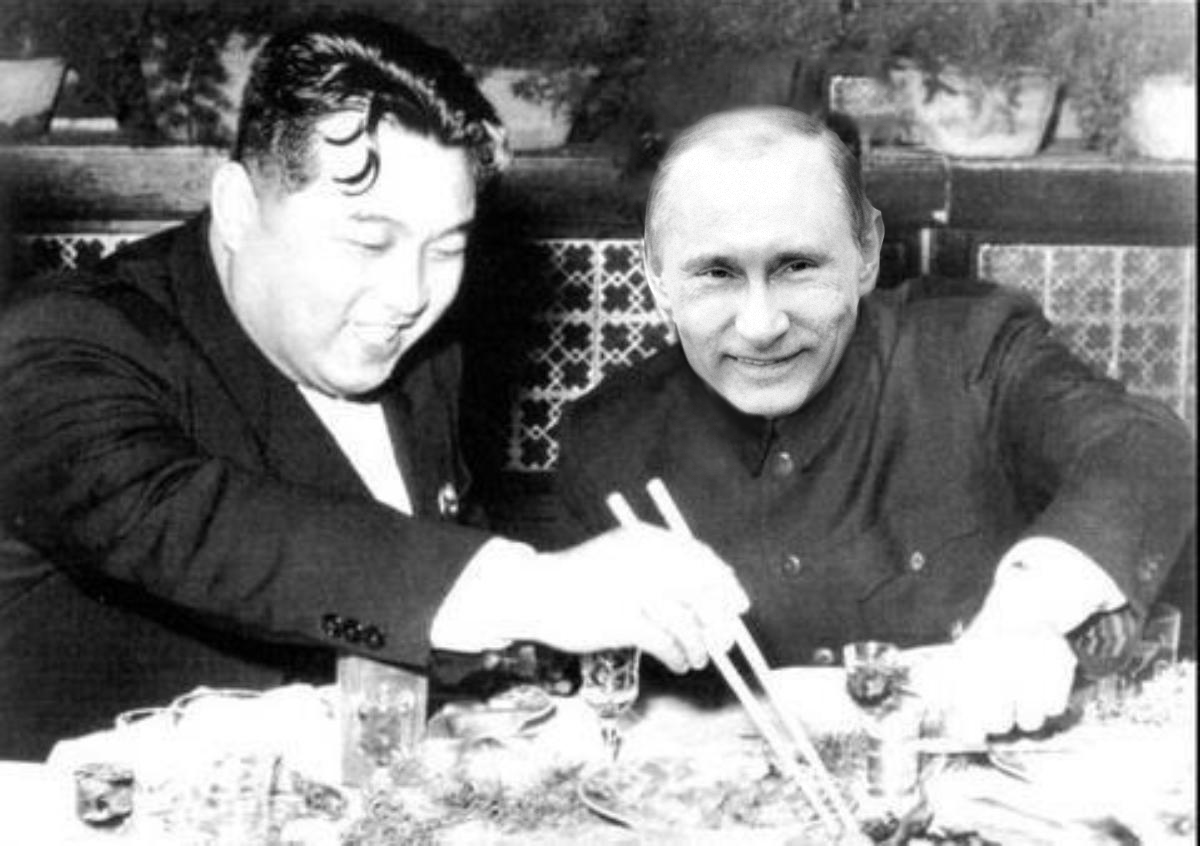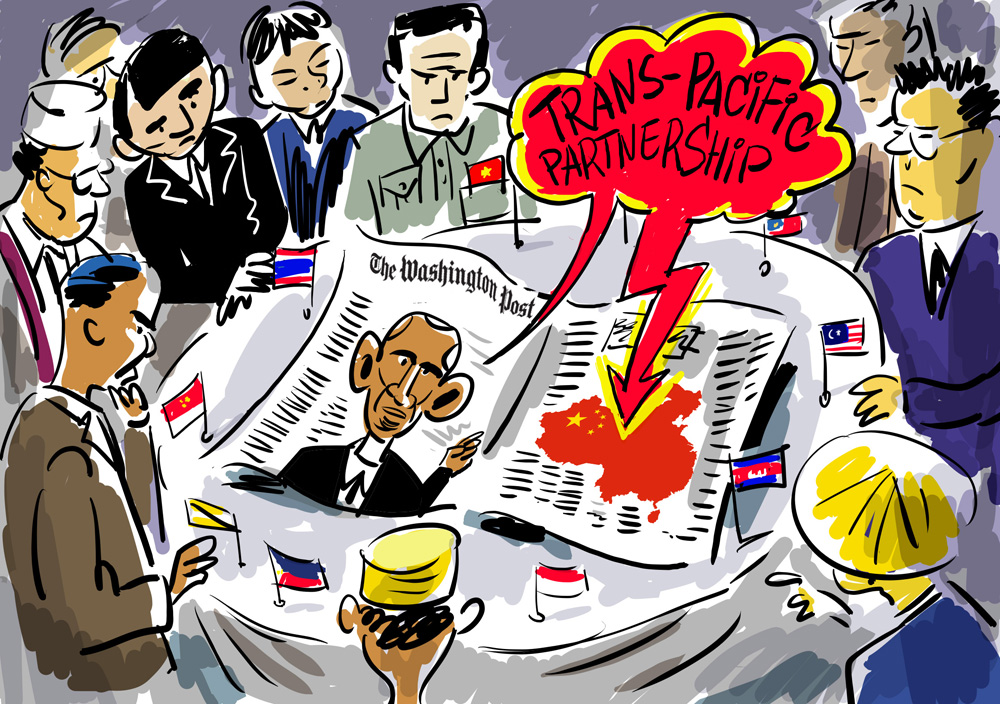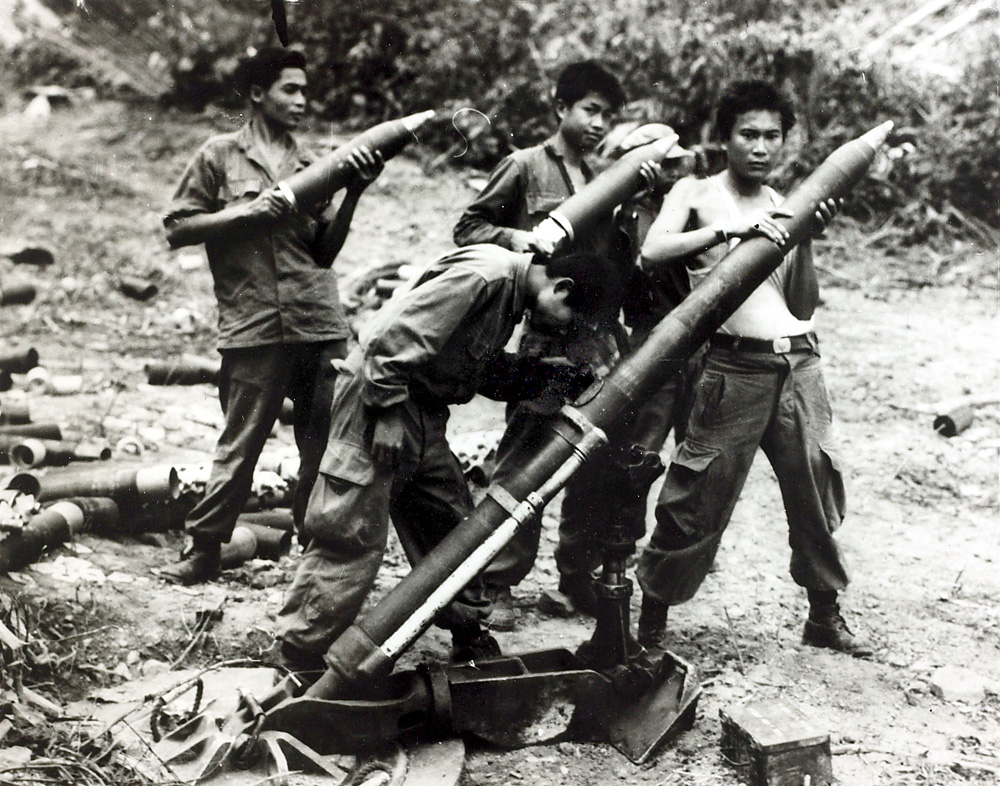How a Russian revolutionary foresaw the rise of Japan
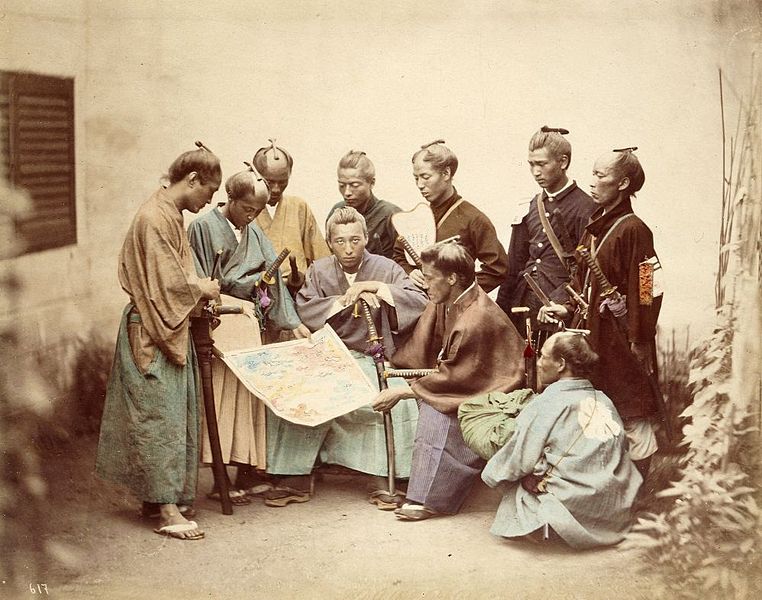
Satsuma Samurai during the Boshin War period.
Felix Beato/Wikipedia.orgThe Meiji Ishin, aka Meiji Restoration, took place from 1868 to 1912 and was primarily responsible for the emergence of Japan as a modern, forward looking nation in the early twentieth century.
Wary of military intervention and missionary activity by western colonial powers, Japan issued an order in 1636 that foreigners entering – or Japanese nationals attempting to leave – the country would be put to death. For nearly 250 years, Japan was hermetically sealed off from the rest of the world.
In 1853, American gunboats under the command of Commodore Matthew Perry forced the Japanese to re-start trade and diplomatic links with the West. Traumatised by this debacle, Japan opted for a complete overhaul of virtually every aspect of its national life, especially the economy and society. Perry’s act is lauded in Washington and London as a shining example of the West’s civilizing mission that transformed a ‘backward’ Asian country into a modern power.
But the Russian contemporary view was radically different. According to revolutionary leader Lev Mechnikov, who visited Japan in 1874 in order to observe and participate in the Ishin, “Westerners arrived in Japan ill-prepared to meet the Meiji Ishin on co-operative terms. Commodore Perry’s initiation of peaceful relations through the persuasion of force was a barbaric introduction of Western ‘civilization’.”
W.G. Beasley, Japanologist at the School of Oriental and African Studies of London University, agrees with the Russians. He writes in his book 'The Meiji Restoration' that the Americans were driven by concepts of Manifest Destiny – which had clear racial overtones – and the desire to impose the benefits of western civilization and the Christian religion on what they perceived as ‘backward’ Asian nations.
Russians arrive in Japan
When Mechnikov landed in Yokohama, Japan was still in the throes of disorder and conflict. And yet he found order in the chaos. Compared with the half-baked revolutionary movements in Europe, Mechnikov called it "a complete and radical revolution.”
Sho Konishi of the Nissan Institute of Japanese Studies argues in a paper published in the American Historical Review that Mechnikov was convinced internal factors rather than Perry’s Black Ships ushered in the Ishin.
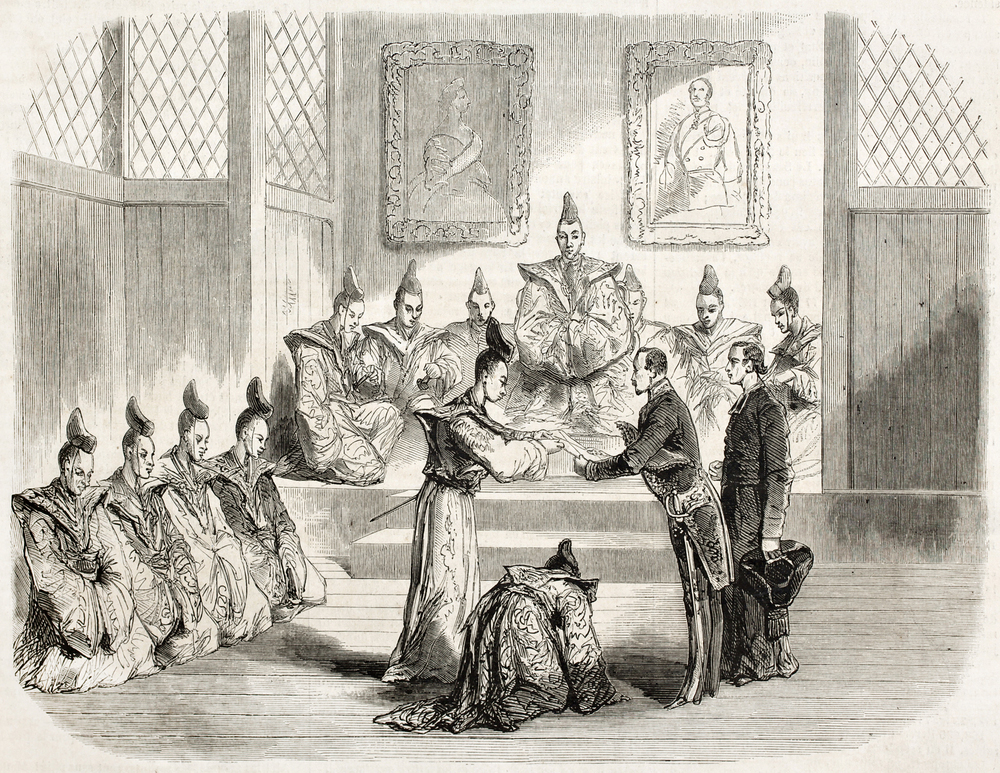 Gustave Duchesne de Bellecour, French ambassador, received by the Taicoun in Yeddo (Tokyo). Created by Janet-Lange, published on L'Illustration, Journal Universel, Paris, 1860. Source: Shutterstock/Legion Media
Gustave Duchesne de Bellecour, French ambassador, received by the Taicoun in Yeddo (Tokyo). Created by Janet-Lange, published on L'Illustration, Journal Universel, Paris, 1860. Source: Shutterstock/Legion Media
He writes in Reopening the Opening of Japan: A Russian-Japanese Revolutionary Encounter and the Vision of Anarchist Progress: "Seeking to right a common misunderstanding among many in the West about the causes of the Ishin, Mechnikov described it as being of native origin. He argued that the Ishin was not simply a political reaction to external pressure on Japan to adopt western civilization and become involved in capitalist development. Rather, it was a complex revolution from within – based on centuries of social, cultural and intellectual developments – that had merely been given further impetus by disturbances from abroad.”
“Western commentators had overly exaggerated the influence of American and European interference in Japanese affairs. Mechnikov believed the Ishin was the result not of a collision between a primitive, isolated society and an advanced civilization, but of historical developments within Japan that had been under way for centuries.”
“The Ishin was a conscious response from a broad-based constituency to the need for progressive, liberal reforms, which they believed would be instituted with the overthrow of the Tokugawa government.”
At the same time, the revolution necessitated successful social evolution. Japan's arrival on the stage of world civilization was not an arbitrary act or a historical accident, but "an unavoidable result of Japanese life itself."
Mechnikov discovered that even amid tremendous political and social chaos, the common people were able to go about their daily lives without direction from above. He noted that physical laborers in Japan had a remarkably developed consciousness of social participation, equal to that in other sectors of society. He conveyed to his readers that these people were not the legendary repressed and cowering dark masses of Oriental despotism, but vocal commoners, enthusiastic individuals with pride in their labor for society.
Mechnikov observed that unlike other revolutions where the existing order was violently destroyed in order to pave the way for a new social contract – as would happen in Russia in 1917 – the Ishin was based on cooperation.
“He was struck by the cooperative self-organization he observed among commoners during the Ishin. Cooperative practices enabled the people to have economic and social stability in their lives at a time when they were experiencing tremendous political instability, a lack of organizational guidance from above, and sudden dislocation to urban areas.”
Mechnikov noted the commoners' consciousness of and pride in their contribution to the larger society, with recognition in turn of others' contributing role. Japanese called this organizing ethic for the conduct of everyday life "mutual aid."
The Russian revolutionary accorded the Ishin global significance. “He observed that the principle of mutual assistance had the capacity to extend beyond the confines of the immediate family, the neighborhood, and even the nation, and was marked by an intense effort to learn from and interact with the outside world, which he saw happening on many levels of society. Mechnikov viewed this ethic as essential for the advancement of humanity.”
Western opinions vs reality
Among the westerners who visited Japan during the Ishin was the English explorer and writer Isabella Bird. After travelling extensively through the country, she could only see the "hopeless darkness" of Japanese life.
Another westerner, British embassy secretary Ernest Satow, assessed Japan would never "get beyond a third or fourth rate position." He saw the general populace as a major reason for Japan's inability to improve its international ranking, because they “seemed to be too much mere imitators.”
But in the Russian assessment, the Tokugawa period (1600-1868), when Japan was sealed off from the outside world, was hardly a time of stagnancy. Konishi writes: “Mechnikov attached tremendous meaning to the intellectual achievements of the Tokugawa period. He saw progressive aspects of the Ishin as the product of social and cultural developments that were already apparent in Tokugawa Japan.”
Mechnikov’s fascination with the "Revolution in Asia" led him to examine it meticulously and to cultivate an extensive network of personal relationships with Ishin participants and intellectual figures in Japan. “Furthermore, distancing himself from the diplomatic and merchant communities of the treaty ports, he based his observations of Ishin Japan on his experiences as a private visitor essentially without citizenship, at a time when westerners who came to Japan were under strict diplomatic protection and patronage.”
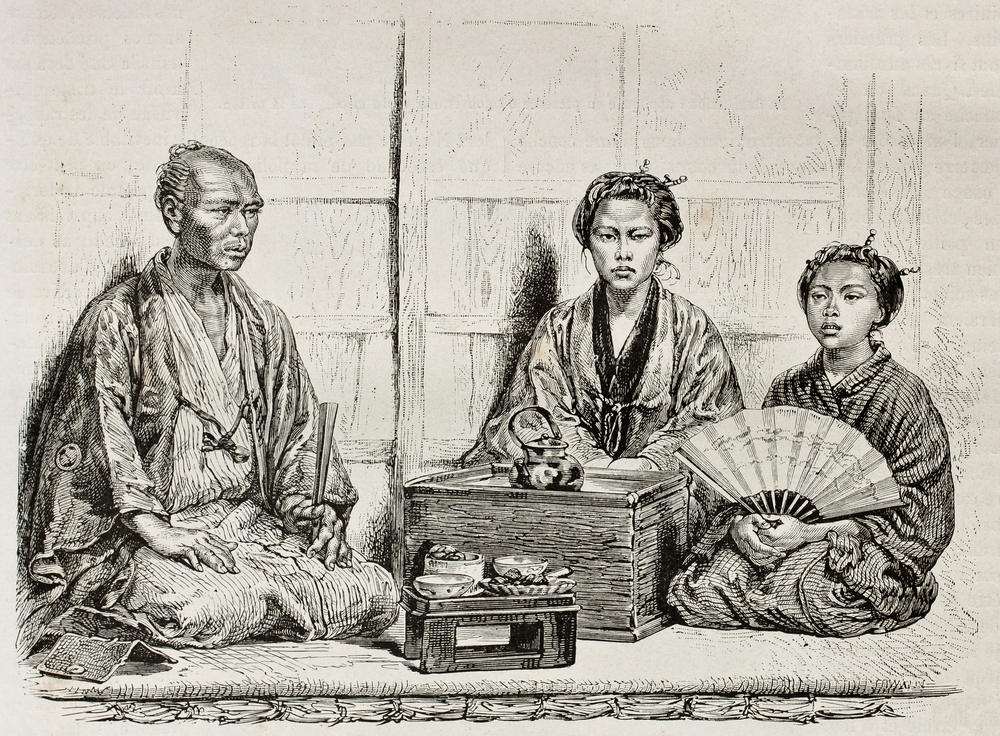 Japanese family in traditional clothing. Created by Neuville after photo of unknown author, published on Le Tour Du Monde, Ed. Hachette, Paris, 1867. Source: Shutterstock/Legion Media
Japanese family in traditional clothing. Created by Neuville after photo of unknown author, published on Le Tour Du Monde, Ed. Hachette, Paris, 1867. Source: Shutterstock/Legion Media
Mechnikov’s favourable ratings are backed up by modern studies. Says Professor John Dower of MIT's Faculty of History: “Under the seclusion policy, the Japanese enjoyed over two centuries of insular security and economic self-sufficiency. Warriors became bureaucrats. Commerce flourished. Major highways laced the land. Lively towns dotted the landscape, and great cities came into being. At the time of Perry’s arrival, Edo (later renamed Tokyo) had a population of around one million. The very city that Perry’s tiny fleet approached in 1853 was one of the greatest urban centers in the world – although the outside world was unaware of this.”
“While the Japanese did not experience the political, scientific, and industrial revolutions that were sweeping the western world during their two centuries of seclusion, these developments were not unknown to them. A small number of Japanese scholars had kept abreast of “Dutch studies” (Rangaku) and “western studies” (Yogaku). And as news of European expansion filtered in, the feudal regime in Edo became alarmed enough to relax its anti-foreign strictures and permit the establishment of an official “Institute for the Investigation of Barbarian Books.”
Perry’s expedition itself noted: “However backward the Japanese themselves may be in practical science, the best educated among them are tolerably well informed of its progress among more civilized or rather cultivated nations.”
Considering the westerners who were present during the Ishin were highly educated and well-travelled, their negative views of Japan were clearly a result of either racial or religious prejudice – or both.
Russian view of the West
Mechnikov’s reports from Japan were read with fascination back home. The larger community of Russian intellectuals that he belonged to started questioning the narrative of civilizational progress in the West.
Konishi notes: “This essentially de-centered the world away from the West, and gave centeredness to what had always been the referent of backwardness. The "West," then, suddenly became backward with respect to the demands of progress and civilization.”
Mechnikov viewed Japan's revolution as offering the West a model for radical social reform. He observed the institutional and social elimination of hierarchical class structures and the creation of vast arenas of social mobility for the common people. He further noted that access to new knowledge had opened up on a vast scale. After traveling across Japan, staying at rural homes and visiting plebeian quarters of the cities, as well as factories and the Ashio copper mine, he wrote, "It is impossible not to be surprised at her unusual transformation. This is a complete and radical revolution, the kind we know only from history ... Not a single branch of social and political life has remained untouched in this revolution."
Russian influence on Japan
Mechnikov developed extensive relationships with people whom he described as "the most important leaders of the Japanese progressive movement." They were leaders of the Freedom and People's Rights Movement for social equality and popular political participation, which was gaining momentum throughout Japan. Within a few years of Mechnikov's departure from Japan, activists in the movement would organize almost 200 political societies across the country.
Konishi further says: “Sixty-five books on Russian populism were published in Japan in 1881-1883 alone, and newspapers were filled with reports about the revolutionary activities in Russia. Among the bestselling books in Japan during this period was an account of the Russian revolutionary movement written by Mechnikov's close friend Sergei Stepniak that had been translated for those involved with the movement in Japan. A student of Mechnikov's, Muramatsu Aizo, would lead one of the most infamous incidents of the movement, the lida Uprising. Participants linked their own movement to resurrect the perceived unfulfilled promises for equality in the Ishin with the revolutionary movement in Russia.
Admiral vs revolutionary
A fascinating anecdote about Russo-Japanese ties is that the Russians nearly beat Commodore Perry in the race to open up Japan. In August 1853 when Russian Admiral Evfimii Putiatin entered Nagasaki harbour he was optimistic of a favourable outcome. Unfortunately for the Russian admiral, the Americans gunboats had sailed into Edo Bay two weeks earlier.
But while Perry’s Black Ships will be remembered for their “barbaric” interventionism, Mechnikov came as a friend and impacted the souls of two great nations.
Read more: How Russian aid helped rebuild post-war Vietnam
All rights reserved by Rossiyskaya Gazeta.
Subscribe
to our newsletter!
Get the week's best stories straight to your inbox
